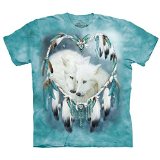People of the Legends
Indigenous People of North America - Navajo
Life at Home - Houses
Traditional Navajo houses are called hogans.
Early hogans
Early hogans were five-sided pyramids made of wooden poles covered with animal skins. Larger rounded hogans also had a wooden frame, covered with packed earth or tree bark and mud.
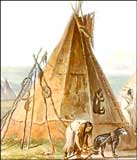
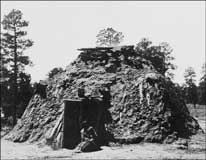
In the 1900s eight-sided log cabin hogans were built, and if wood was scarce, they were made of stones held together by mud.
 Regardless of size, shape or building materials, all hogans have a smoke hole in the roof, and a doorway facing east.
Regardless of size, shape or building materials, all hogans have a smoke hole in the roof, and a doorway facing east.
This lets in the morning sun and good blessings for the people living there.
 Some doorways were left open, some had a curtain made of a blanket or animal skin, and others had a wooden door.
Some doorways were left open, some had a curtain made of a blanket or animal skin, and others had a wooden door.
Hogans and modern houses
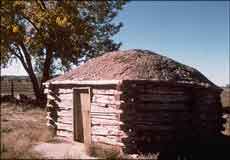 Today many families have a hogan for ceremonies and family gatherings, and live most of the time in a detached single storey house or a mobile home.
Today many families have a hogan for ceremonies and family gatherings, and live most of the time in a detached single storey house or a mobile home.
Some families have a separate summer hogan, made of lighter materials – many with at least one open wall.
Hogans may also include an open-walled work space and a corral (fenced areas) for sheep and other animals.
The Navajo Housing Authority is using modern technology to build houses from new materials that are warmer in winter, cooler in summer and less likely to catch fire. A first housing estate has also been built with offices, restaurants and a child care centre close by. The housing authority also helps families to buy houses.
Corn pollen or meal is sprinkled on new hogans and prayers are said to bring happiness to those who will live there. Hogan doors still always face east, where the sun rises.
Modern conveniences
In towns and built-up areas, houses have piped water and sewerage connections, and people use natural gas and electricity for heating and cooking.


These things are not yet available in more remote areas, but they are coming. In the meantime, people are using wood and propane gas for heating and cooking.

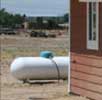
The Federal government has funded a phone program and most families now have a phone, even in remote areas. Many families have DSL, satellite television and wireless Internet access.
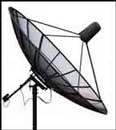

 These technologies help to keep people in touch with each other, continue the Navajo culture, and find out what is happening in the rest of the world.
These technologies help to keep people in touch with each other, continue the Navajo culture, and find out what is happening in the rest of the world.
Technology is an important part of life, education and entertainment.




